If you’re looking for a comprehensive guide to help you decide whether the Fluke 117 or 179 multimeters is the best choice for your needs, you’ve come to the right place. In this article, we’ll compare and contrast these two popular models so that you can make an informed decision about which one is best for you. We’ll cover everything from features and specs to pricing and availability, so read on to learn more!
What is a Fluke Brand
One of the most famous and reliable manufacturers of multimeters is the Fluke brand. The company has been around for over 50 years and is known in the industry as a top producer of quality tools.
The company’s products are used in electronics, telecommunications, aerospace, automotive, manufacturing, and process control industries. Some of their most popular products include multimeters, thermal imagers, clamp meters, insulation testers, and more.
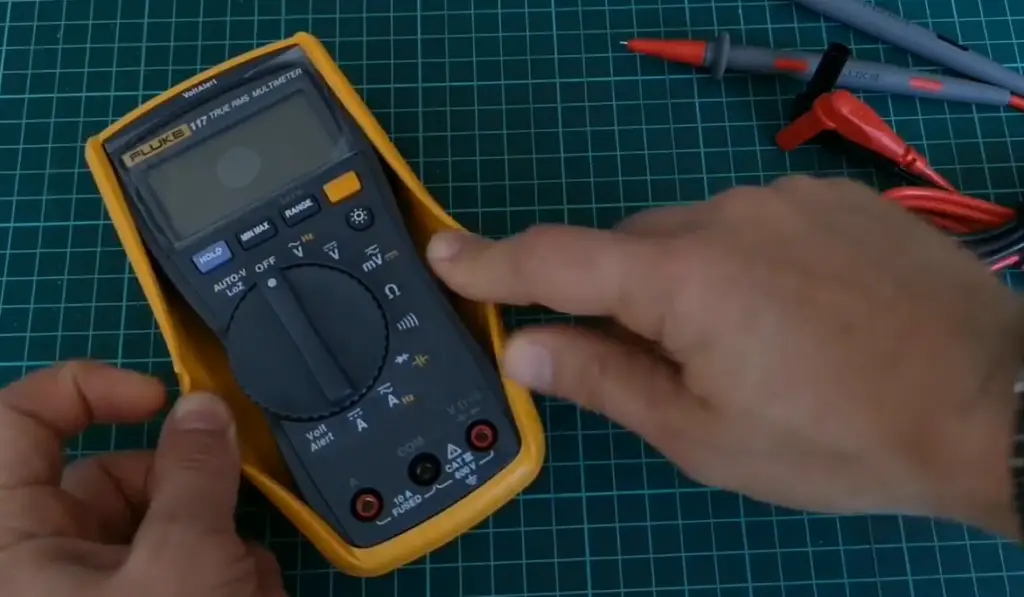
Some people believe that Fluke is the golden standard when it comes to multimeters. The two models that we will be discussing today are the Fluke 117 and the Fluke 179. Both models are highly popular among professionals and hobbyists alike. So, which one should you choose? Let’s take a closer look at each model to see what they have to offer.
Fluke 117 Multimeter Overview
We will start by taking a look at the Fluke 117. The Fluke 117 is a true-rms digital multimeter designed for electricians. It has been designed specifically to withstand repeated drops and shocks. This makes it an ideal choice for field work. But what are its main features?
Advantages
Le’ts discuss the pros and highlights of the Fluke 117.
User-Friendly Operation
The first thing you will notice about the Fluke 117 is that it is very user-friendly. The large digital display is easy to read, even in low light conditions. The buttons are clearly labeled and have a good tactile feel. This makes it very easy to use, even if you are wearing gloves.
Ease of use is very important for a multimeter as you will often be using it in situations where you cannot take your time to figure out how to use it. The last thing you want is to have to fumble around with the controls when you should be concentrating on what you are doing.
VoltAlert Detector
One of the most useful features of the Fluke 117 is its VoltAlert detector. This allows you to quickly and easily identify live wires.
Simply touch the tip of the VoltAlert to an outlet, panel box, or any other conductive surface. If there’s voltage present, you’ll see a red light and hear a beep from the multimeter.
This can come in handy if you need to quickly check for voltage before starting work on an electrical system. It can also help prevent accidental shocks. The VoltAlert is not intended to replace standard shock-prevention procedures, but it’s a useful extra layer of protection.

The VoltAlert detector is just one of the many safety features that make the Fluke 117 an essential tool for electricians.
True RMS
One thing to note about the Fluke 117 is that it is a true-rms multimeter. This means that it can accurately measure AC voltage and current, even if the waveform is not a perfect sine wave. This is important because many electrical appliances these days use switch mode power supplies, which produce non-sinusoidal waveforms.
Another advantage of true-rms multimeters is that they are less affected by noise than ordinary digital multimeters. This makes them more accurate, especially when measuring AC signals in noisy environments.
Affordable
The Fluke 117 is one of the most affordable multimeters on the market. It is a great choice for those who are looking for a quality product without breaking the bank. You will get all the basic features that you need in a multimeter, without any bells and whistles.
Offers Non-contact voltage detection
The interesting thing to note about the Fluke 117 is that it offers non-contact voltage detection. This is a feature that is not available on all multimeters. Non-contact voltage detection allows you to quickly and easily identify live wires without having to physically touch them. This is an extremely useful safety feature, as it prevents accidental electrocution. This way, you can test for voltage without having to worry about coming into contact with live wires.
Automatic Selection
Another useful feature of the Fluke 117 is its ability to automatically select the correct range for measurements. This means that when you’re measuring voltage, for example, the multimeter will automatically select AC or DC. You don’t have to worry about selecting the right setting; the 117 will do it for you.
This is a great time saver, as you don’t have to worry about selecting the wrong range and getting inaccurate readings. [1], [2]
Disadvantages
Sadly, nothing is perfect. Let’s take a look at some of the drawbacks of the Fluke 117.
Poor backlighting
One of the main criticisms of the Fluke 117 is its poor backlighting. This can make it difficult to read in low light conditions. While there is certainly some backlight, it is not as strong as on some other models.
So you might encounter some trouble trying to use this multimeter in a dark room or closet. But if you don’t mind using a flashlight, then the Fluke 117 will still serve you well.
Poor quality leads
While the leads of 117 definitely aren’t bad, they aren’t great either when compared to other models. This is one of the most common complaints about this model. It’s not a dealbreaker by any means, but it’s something to keep in mind if you’re looking for top-notch quality leads.
They might get worn down quickly if you’re constantly using them on tough job sites. But if you take good care of them, they should last for a long time.
Low maximum ranges
Another downside of the 117 is that its maximum ranges are lower than the 179. For example, the 117 can only measure voltage up to 600V, whereas the 179 can measure up to 1000V. This may not be an issue if you only work with low-voltage systems, but it’s something to keep in mind.
Frequency measurement is another area where the 179 has an advantage over the 117. The 179 can measure frequency up to 50kHz, whereas the 117 is limited to 100Hz. This means that the 179 is a better choice if you work with high-frequency systems.
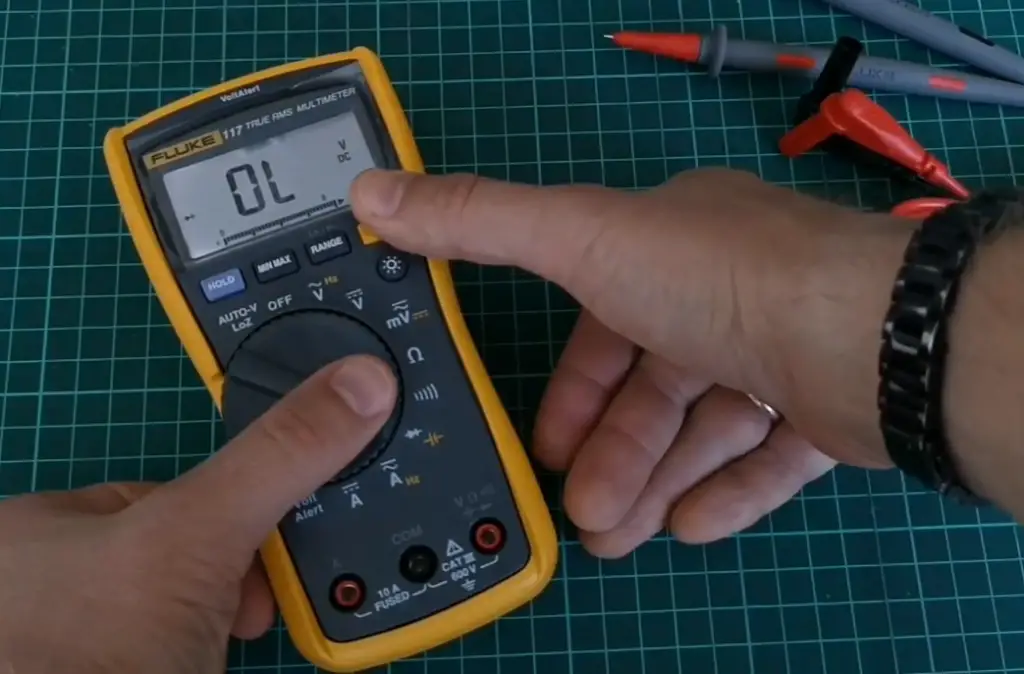
3-year warranty only
The Fluke 117 is backed by a three-year warranty. While this isn’t a negative on its own, it’s worth noting that the Fluke 179 comes with a lifetime warranty.
This is an important consideration if you’re looking for a multimeter to last you a long time. The Fluke 117 may not be the best choice if you’re looking for a long-term investment.
No CAT IV rating
Another downside of the Fluke 117 is that it does not have a CAT IV rating. This means that it is not suitable for use in environments where there is a risk of electrical shock. For example, if you were working on live electrical circuits, you would need to use a multimeter with a higher safety rating.
CAT IV multimeters are designed to withstand spikes in voltage up to 1000V, making them ideal for use in industrial settings.
Professional electricians will often find themselves working in environments where there is a risk of electrical shock. For these workers, a CAT IV rated multimeter is essential. The Fluke 117 is not suitable for use in these environments and should be avoided by professionals who work with high voltage lines.
However, the Fluke 117 is still a very good multimeter for electricians who do not work in high voltage environments. It is rugged and reliable, and has all the features that an electrician would need. [1], [2]
Fluke 179 Multimeter Overview
Now let’s take a look at the Fluke 179. The 179 is very similar to the 117, but there are some important differences that you should be aware of.
Advantages
Just like the 117, the 179 has some great advantages. Let’s take a look at some of the best features of this multimeter.
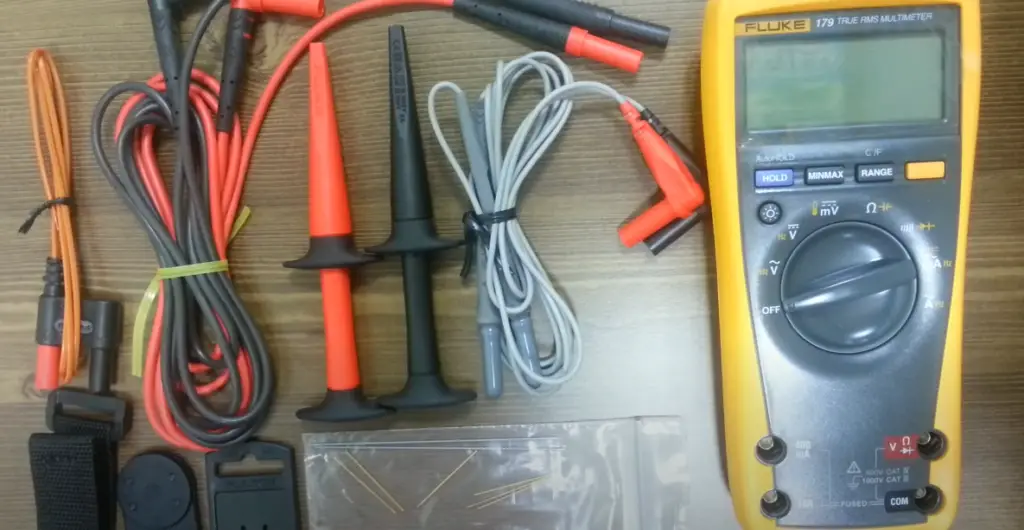
Superior Accuracy
The biggest selling point of the 179 is its superior accuracy. The 179 is accurate to within 0.09% whereas the 117 is only accurate to within 0.5%. That may not seem like a big difference, but if you’re working with sensitive equipment or doing precise measurements, that extra accuracy can be vital.
When measuring voltage, you want to be as accurate as possible to avoid damaging your equipment or getting false readings. The Fluke 179 has a true-rms sensor that measures the voltage more accurately than the 117, meaning you can trust its readings.
Easy-to-read display
One of the most notable differences between the Fluke 179 and 117 is the display. The 179 has a large, easy-to-read backlit display that makes it much easier to see what you’re measuring.
This can be a big advantage if you’re working in low-light conditions or if you simply want to be able to see your measurements more clearly.
The backlight is really bright and makes the display very easy to read, even in direct sunlight. So, if you’re looking for a multimeter with an easy-to-read display, the Fluke 179 is a great option.
The downside to the larger display is that it can make the multimeter a bit bulkier and more difficult to carry around. But if you don’t mind sacrificing some portability for a better display, then the Fluke 179 is definitely the way to go.
Temperature probe option
Another great feature of the 179 is that it comes with the option to add a temperature probe. This probe can be used to measure temperatures from -40 to 400 degrees Celsius.
The temperature probe is a great addition for electricians who need to take accurate temperature readings. It’s also a useful tool for HVAC technicians and other professionals who work with temperature-sensitive equipment. . They can also be used to measure the temperature of computer components or to troubleshoot overheating issues.
Not all digital multimeters have a built-in temperature probe, but some models come with an external probe. Temperature probes are also available as standalone devices, which can be useful for measuring temperatures in hard-to-reach places or for taking multiple measurements simultaneously.
The temperature probe is an optional accessory, so you’ll have to pay extra for it if you want it. But it’s definitely worth the price if you need to take accurate temperature readings.
Excellent safety ratings
Another of the key differences between the Fluke 117 and 179 is their safety ratings. As we already mentioned, Fluke 117 doesn’t have a CAT IV rating. This means that it’s not suitable for use in high voltage environments.
On the other hand, the Fluke 179 has a CAT III 1000V and a CAT IV 600V rating. This is an important consideration if you work in an industrial setting or if you work with high voltage lines. The Fluke 179 will be able to withstand large spikes in voltage, making it a safer choice for use in these environments.
Lifetime Warranty
One of the biggest pros of the 179 is that it comes with a lifetime warranty. This means that if anything ever goes wrong with your multimeter, you can simply send it back to Fluke and they will repair or replace it for free. The 117 also has a pretty good warranty, but as we mentioned it’s only valid for three years.
So if you’re looking for a multimeter that will last you a lifetime, the 179 is the way to go.
Great build quality
Like the 117, the 179 is very well built. It feels solid and substantial in your hand, and it’s clear that a lot of thought has gone into its design. For one, it is built into the holster very snugly. This means that it is less likely to fall out and become damaged.
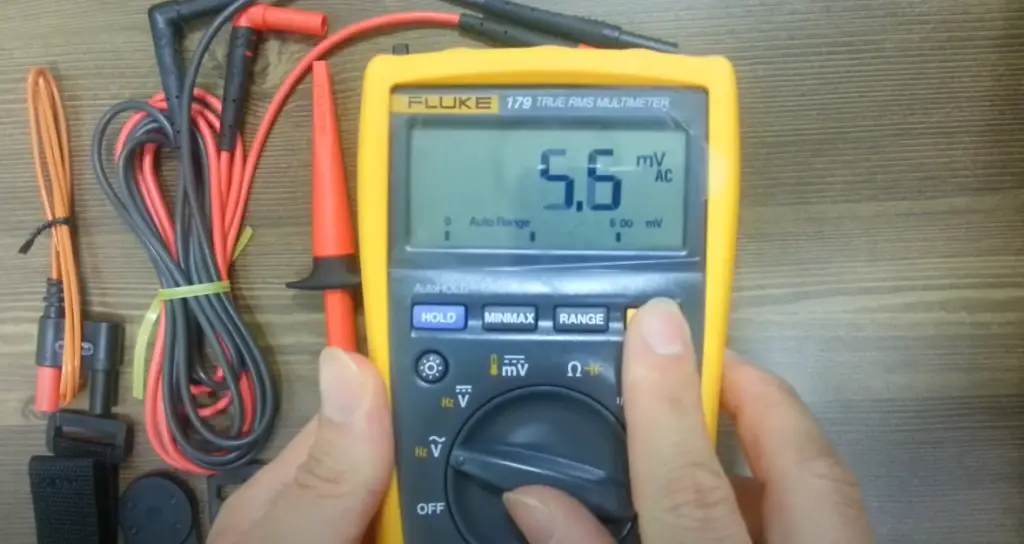
The kickstand is also very sturdy, and it can be used to prop up the multimeter in a variety of different positions. This is handy if you need to leave the multimeter on a workbench while you’re working.
So, you won’t have to worry when taking your 179 out on tough job sites. It can take a beating and still work like new.
The only downside to the build quality is that the 179 is a bit heavier than the 117. This is to be expected, given that it has more features and a higher maximum voltage rating. But it’s something to keep in mind if you’re looking for a lightweight multimeter. [1], [2]
Disadvantages
While the Fluke 179 is a great multimeter, it does have a few disadvantages. No matter how good a product is, there’s always going to be someone who finds something to complain about.
Expensive
The first thing to note about the 179 is that it is significantly more expensive than the 117. This is to be expected, as the 179 has a few features that the 117 does not have. However, it is important to keep in mind that the price difference can be significant. If you’re on a budget, then the Fluke 117 might be a better choice for you.
But if you’re looking for a top-of-the-line multimeter, then the Fluke 179 is definitely worth considering.
Poor quality leads
While the leads of the 179 definitely aren’t bad, they aren’t great either when compared to other models. This is one of the most common complaints about this model. It’s not a dealbreaker by any means, but it’s something to keep in mind if you’re looking for top-notch quality leads.
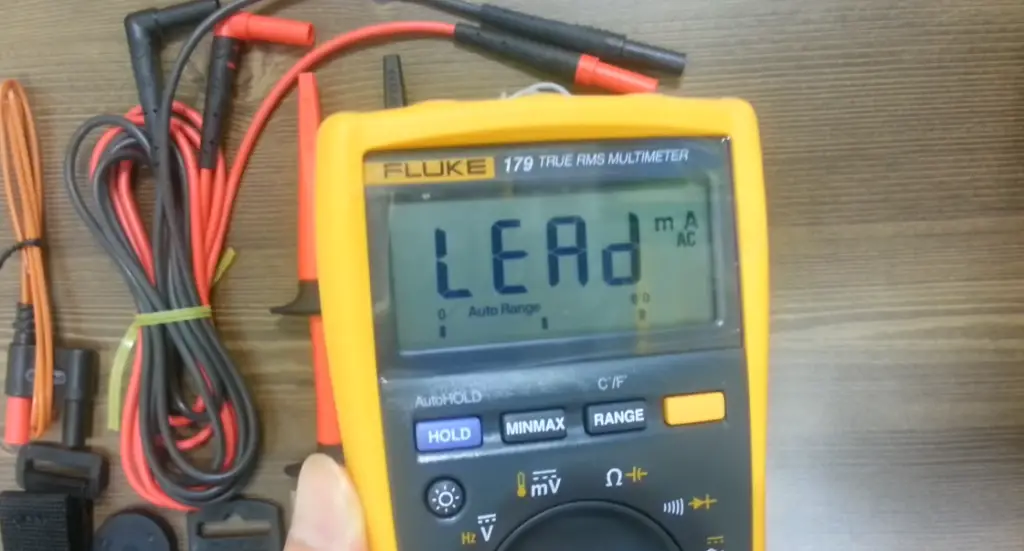
117 has an upper-hand in the lead department. While its leads aren’t perfect, they’re definitely better than the 179’s. [1], [2]
FAQ
What is the difference between Fluke 177 and 179?
The main difference between the Fluke 177 and 179 is that the Fluke 179 has a temperature measurement function while the Fluke 177 does not. Other than that, they are both true-rms multimeters with similar basic accuracy, and sturdy builds.
Still, 179 has bigger maximum voltage and current, as well as resistance ranges which can come in handy. Also, the 179 can measure millivolts which is not possible on the 177.
In general, the Fluke 179 is a more complete multimeter that will be a better choice for most people. If you don’t need to measure temperature or capacitance, then the Fluke 177 could be a more budget-friendly option.
Is a Fluke 179 worth the money?
The Fluke 179 is a great investment for anyone who needs an accurate and reliable multimeter. It is packed with features and has a backlit display that makes it easy to use in low-light conditions. It is also rugged and durable, making it ideal for use in the field.
The only downside of the Fluke 179 is its price tag. It is one of the more expensive multimeters on the market, but its quality and accuracy make it worth the investment.
Is the Fluke 117 worth it?
The Fluke 117 is a great investment for anyone who needs a reliable multimeter. It has all the features and functions that you need to troubleshoot electrical problems, including AC/DC voltage, resistance, and continuity tests. The only downside is that it doesn’t have a great backlight, so it can be difficult to read in low-light conditions.
If you’re looking for a top-of-the-line multimeter with all the bells and whistles, the Fluke 179 is the way to go. It has everything the 117 has, plus a few extras like a backlight, temperature measurement capabilities, and min/max recording. The only downside is that it’s slightly more expensive than the 117.
What Fluke multimeter is the most popular?
The Fluke 87V is the most popular Fluke multimeter. It is rugged, reliable, and has a wide variety of features that make it ideal for industrial and commercial applications.
The biggest rival of 87V is Fluke 179. Many electricians and engineers prefer it because of its precision and advanced features. So, which one should you choose?
It depends on your needs and budget. But generally, a 87V is considered better for industrial and commercial applications while a 179 is better for precision work.
Useful Video: Multimeter review / buyers guide: Fluke 177 / 179 – Part 1
Conclusion
So, which multimeter is best for you? Frankly speaking, both models have their own pros and cons, so it all depends on your specific needs.
But we personally believe that Fluke 179 is a better choice, as it offers more features and functions than the Fluke 117. It is also easier to use and read, and has a backlight feature that is really handy in low-light conditions.
The 179 also has a higher maximum measurement voltage and is certified for work in an extremely high voltage environment , so it is definitely the more rugged and durable of the two.
Do you agree with us? Or do you think the Fluke 117 is still the best multimeter for your needs? Let us know in the comments below!
References
- https://housegrail.com/fluke-117-vs-179/
- https://proelectronicsguides.com/fluke-117-vs-179/





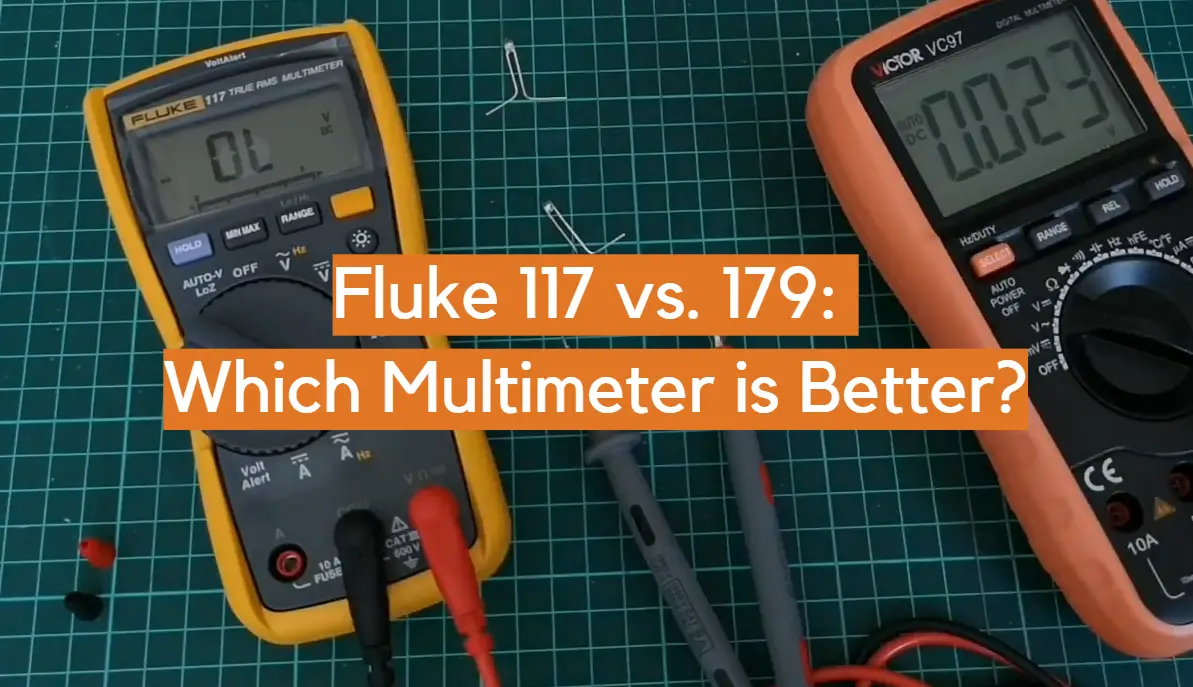








Leave a Reply